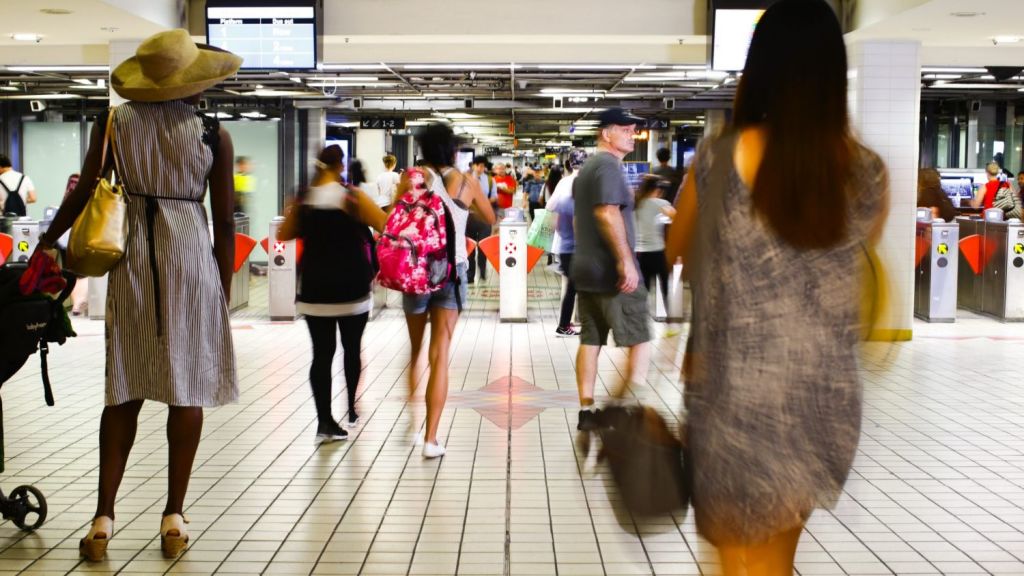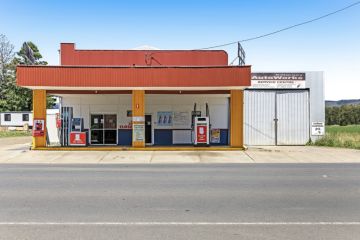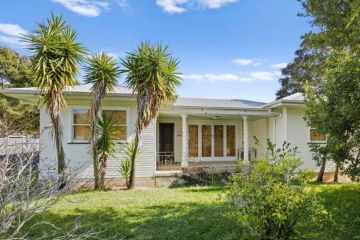The population paradox: Why more people doesn’t always mean higher prices

Population growth always leads to property value growth, right?
Not always. Population growth on a macro level can be positive, but on a micro or suburb level it can be a disadvantage for value growth.
Macro level: Prices rise when population growth outstrips supply
A growing population at the national and city level means enough new homes need to be built to meet the increased requirement for dwellings.
Beyond just increasing demand for building new properties, a growing population will inevitably result in greater demand for established and highly desirable properties and locations.
An increase in net migration of a macro location is an indication of that city’s liveability. This can be due to many factors such as high employment, higher average incomes, diversity of industries and professions, preferred climate, access to a thriving arts or sport scene, great restaurants, accessible outdoor activities and much more.
If population growth in a capital or regional city is outstripping new property supply relative to household formation rates, it is likely to push up the cost of housing.
The household formation rate is the average number of people living in a dwelling. In other words if 100,000 people move to a city in a year, and the average household formation rate is two people per dwelling, then 50,000 new dwellings are needed.
This means high population growth is one positive data point for future property value growth when choosing the right macro location or city in which to invest.
Micro level: Growing population indicates growing supply
The next goal of your property strategy is to find the micro locations or suburbs within the city you have selected that will have the highest potential for capital growth.
This is where the common understanding that “population growth is always a positive” is tipped on its head.
Above-average population growth at the suburb level indicates that there has been a high supply of new properties, land, or both. It means that proportionately more people are moving into this location, and this can only occur if more new properties are being built for people to live in.
This implies there is an oversupply of property, and probably an ongoing capacity for an oversupply of property into the future, meaning more properties can be built as soon as the growing population fills all the available properties.
This will have a recurring negative impact on property value growth, because oversupply of an asset class rarely leads to increased values.
The NIMBY effect
So why would low population growth occur in a suburb? Because there are fewer new properties available than in other suburbs.
This can also occur due to geographical constraints, but is mostly due to council restrictions and deep-rooted long-term communities who want to maintain and protect the local architectural look, feel and, dare I say, vibe of the village, community, streets and properties.
The collective view of locals that increased development will be detrimental to the community is often referred to as NIMBYism, or Not In My Back Yard.
This lack of available property, when matched with a highly desirable location, will push up land values per square metre, and therefore property values.
What to look for
At the city level, population growth should be above the average of the nation. At the suburb level, population growth should be below the average of the city.
This is one of the many statistics that we measure when assessing the investment viability of locations across Australia.
Land and dwelling scarcity is, after all, one of the key ingredients of value growth outperformance.
It can be very easy to have assumptions that are inaccurate. Unfortunately, without a well-considered property plan to determine our property location strategy and ultimate investment property selection strategy, any ill-conceived assumptions or biases can cost us hundreds of thousands of dollars in the long term.
David Johnston is the founder and managing director of Property Planning Australia.
We recommend
We thought you might like
States
Capital Cities
Capital Cities - Rentals
Popular Areas
Allhomes
More
- © 2025, CoStar Group Inc.







